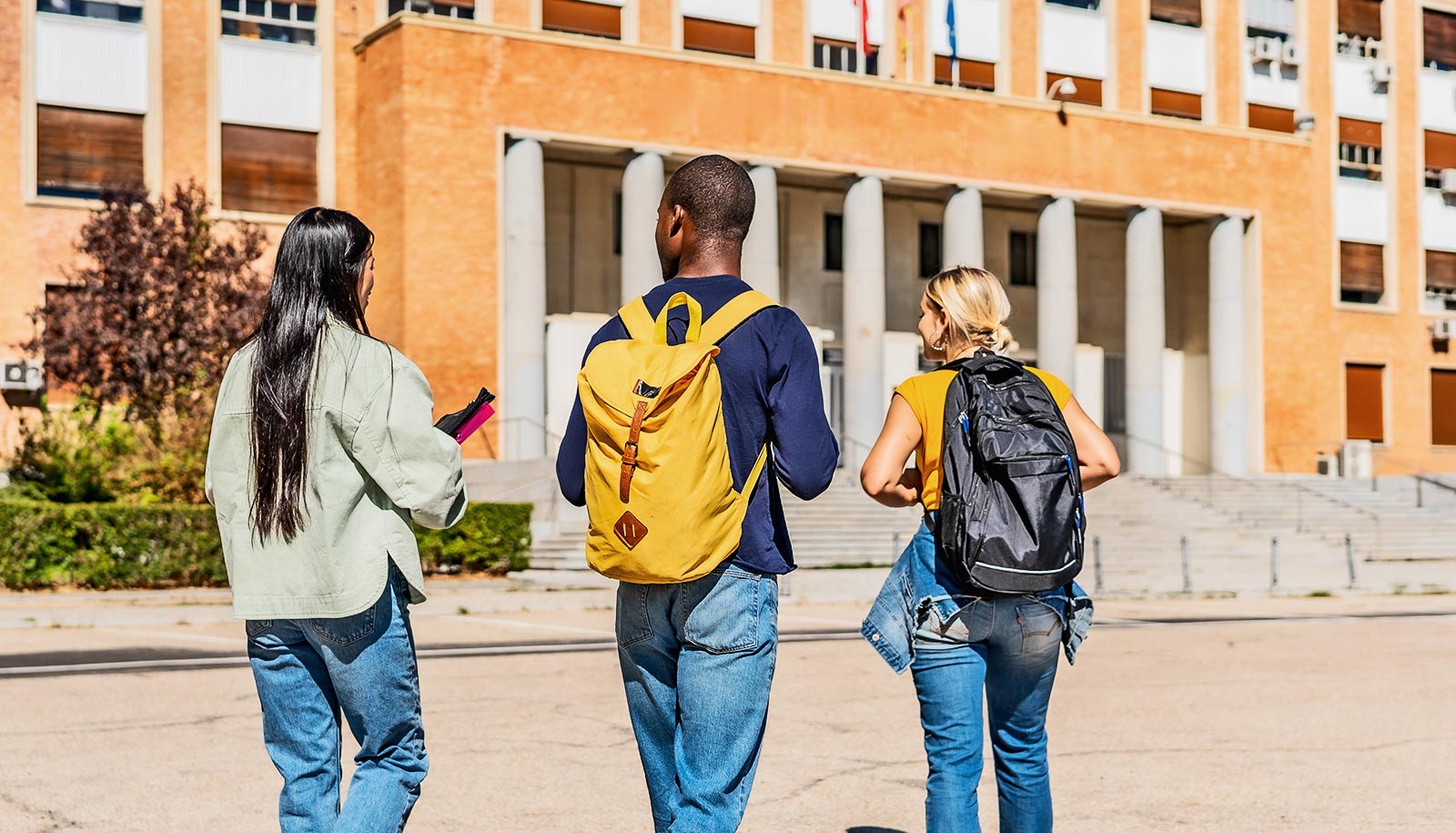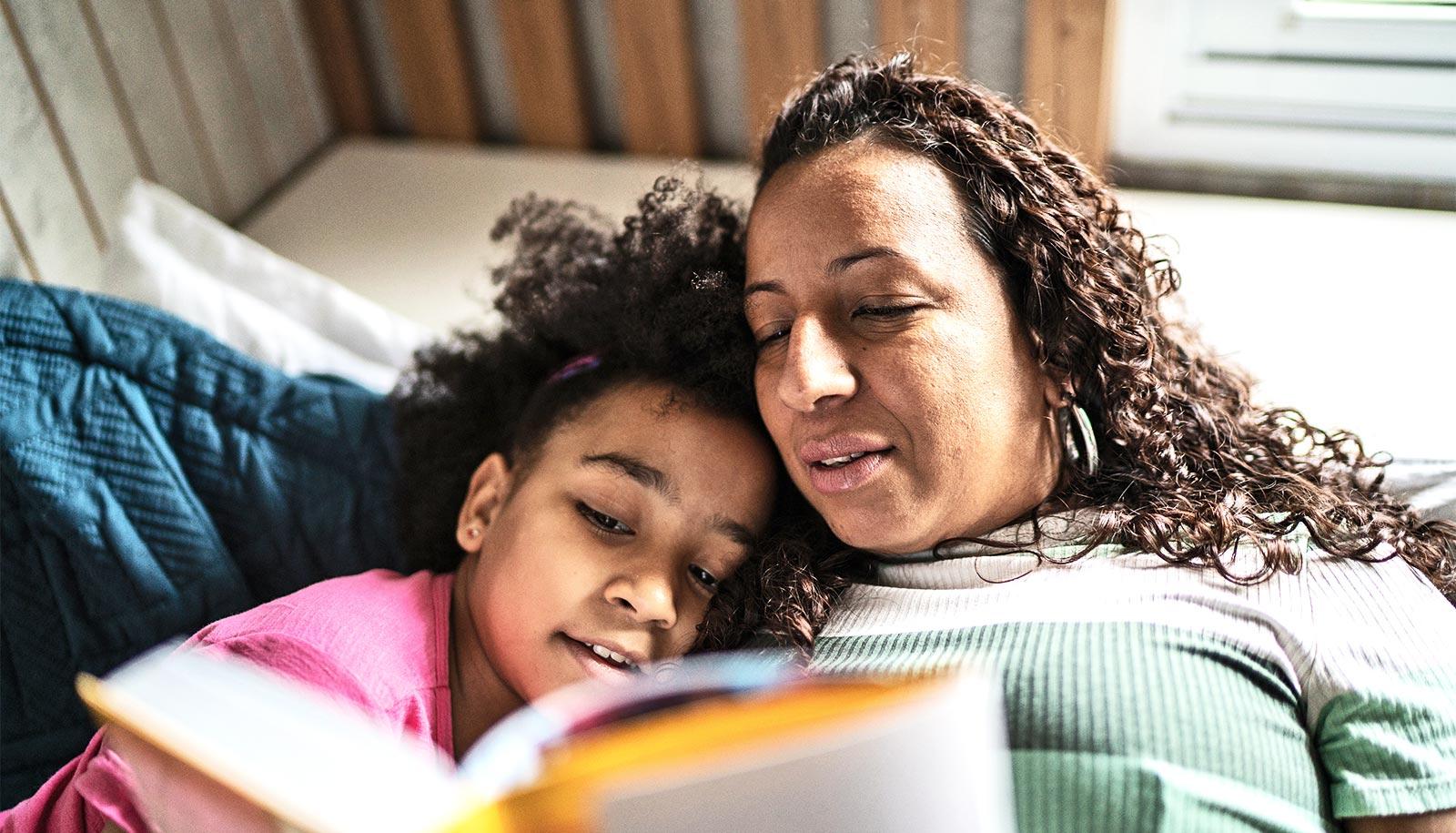As more children start using virtual reality, it will be critical for parents and teachers to understand the effect it can have, experts say.
A new report, Virtual Reality 101: What You Need to Know About Kids and VR, is a resource to help parents better understand how this new technology can be applied to everyday life and learning.
“Compared to other media, VR is an extremely powerful way to deliver information,” says coauthor Jeremy Bailenson, a communication professor at Stanford University who founded Stanford’s Virtual Human Interaction Lab in 2003. “VR is arguably the most powerful medium in history and research about its effect on children is only just emerging.”
Coauthor Jim Steyer, founder of Common Sense Media, agreed with Bailenson, writing in the report,”Because VR is in its infancy, we have a unique opportunity to stay on top of this technological wave before it overwhelms us.” Steyer is also an adjunct professor of comparative studies in race and ethnicity.
Common Sense Media is an independent nonprofit organization that helps parents make smart choices about media and technology for their children.
What do parents think of virtual reality?
The report includes the results of a survey of 3,613 parents about their attitudes toward virtual reality.
“Until this survey, it was unclear how, and even how many, kids were using virtual reality,” Bailenson says. “Now we have an initial picture of its adoption and use.”
Some key findings from the survey include:
- While the long-term effects of VR on children’s health and brain development are unclear, 60 percent of parents are at least somewhat concerned about negative health effects.
- Many parents believe VR holds an educational promise. Sixty-two percent of parents believe that VR will provide educational experiences for their children.
- However, only 22 percent reported their child used VR for learning. An overwhelming 76 percent of children who have used VR played games.
- VR has the potential to be an effective tool to encourage empathy among children, but most parents are skeptical. Sixty-two percent of parents don’t expect children to empathize with others while using VR.
What have researchers found?
Research coming out Stanford’s Virtual Human Interaction Lab—home to several studies that explored the effect of virtual reality on children—led to some of the report’s conclusions about the potential power of VR.
“One of the characteristics that really distinguishes VR from other media is that it’s perceptually surrounding, so no matter where you turn there is content,” Bailenson says. “VR responds to your body. If you want to get closer to an object you can actually walk; if you want to touch something you can reach out and get haptic feedback.”
In many ways, virtual reality mimics actual life, Bailenson says.
Overall, the findings show that the heightened reality of virtual reality can have an outsized influence on children.
In a 2009 study, Bailenson found that when elementary-aged school children saw themselves swimming with orca whales in a virtual environment, many later believed the fantastical experience happened in real life. Building off that research, a 2017 study Bailenson conducted with Jakki Bailey showed that media characters in virtual reality may be more influential over young children than characters on TV or computers.
In partnership with the Sesame Workshop, Bailenson and Bailey set up an interactive and immersive VR environment with the popular Sesame Street character Grover.
Kids in the study aged 4-6 got to play common kids’ games with Grover—including activities like Simon Says and sticker sharing. When children were engaged with the VR version of Grover versus a version on a two-dimensional screen, they were more likely to treat him as a friend.
Teens with autism practice driving in virtual reality
“We found that kids can develop more trust in media characters in the virtual environment,” says Bailey, a recent graduate from Stanford’s PhD program in communication and now an assistant professor at the University of Texas at Austin.
This influence can be a force for positive change, Bailey says, noting that when there is trust, children are more likely to turn to that source for information and learning.
Positive potential
VR could become a valuable learning tool, Bailenson says, and parents seem to agree. According to the report, 62 percent of parents believe that VR can offer educational experiences for their children.
“There is a misconception that VR is just being used for games. There’s been some traction in video games but not at the magnitude that people expected.
Is a field trip in virtual reality ever as good?
“With VR it’s the more useful applications—training, learning, communication—that are really gaining some traction.”
His lab is now exploring how VR experience can increase empathy, overcome prejudice and confront unconscious biases like ageism. Because virtual reality can resemble an actual experience, it could help children translate skills learned in educational environments to the physical world.
But parents and educators still need to take some precautions, Bailenson says. In the survey, 11 percent of parents reported their 8- to 17-year-olds experienced dizziness, 10 percent experienced a headache, and 13 percent bumped into something.
He says parents should closely supervise kids when they use VR and let them do so in moderation: 5- to 10-minute increments are recommended for young kids and 20 minutes for older children and young adults.
Other researchers from Common Sense Media and from the University of Arizona are coauthors of the paper.
Source: Stanford University



